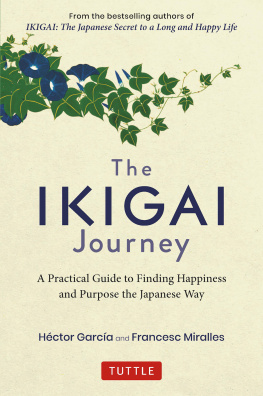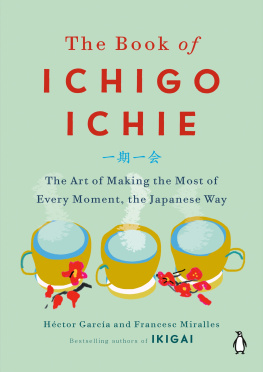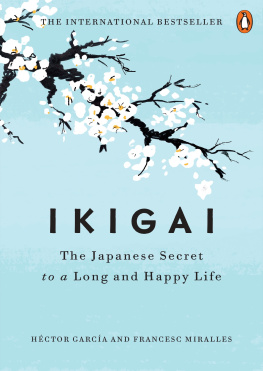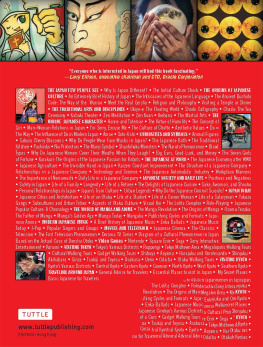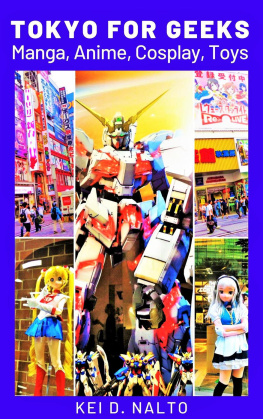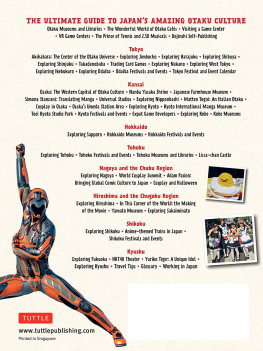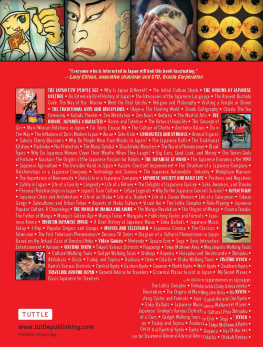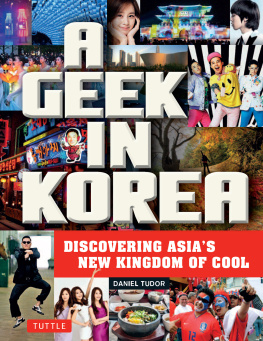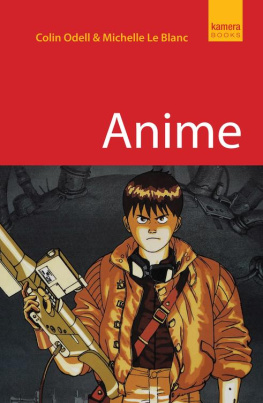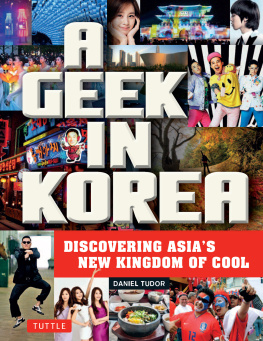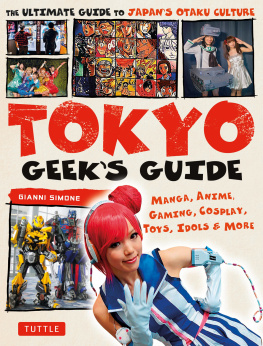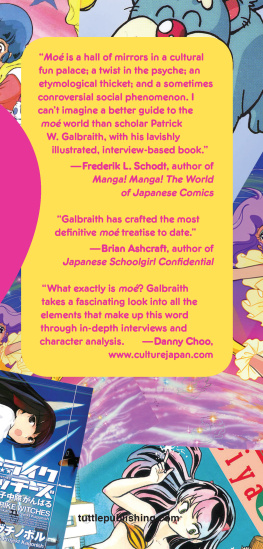

Ieyasu Tokugawa was one of the most influential shoguns in the history of Japan. You can visit his grave among the temples at Nikko

Edo, currently known as Tokyo, 400 years ago
AN EXTREMELY BRIEF HISTORY OF JAPAN
Legend tells that Japan was born of the love between two deities, Izanagi and Izanami. These two deities had a daughter, Amaterasu, and the long dynasty of Japanese emperors descends from her. Even today, a large part of the Japanese population considers their emperor a living god.
The first settlers whose archeological remains have been found belong to the Jomon Period, more than 8,000 years ago. But not until the eighth century CE is there a real Japanese state, with its first capital being Nara. Nara was modeled after Chinese cities, and for a long time the emperors residence was located here. During the early years of the Japanese state, however, wars and conflict between clans and sects were rampant, and the emperor eventually moved his court to Kyoto, which became the new capital for the following thousand years.
Wars and the struggle for power between families continued. Finally, the leader of the Minamoto clan was named shogun, or military leader of all Japan. He established his headquarters in Kamakura, near present-day Tokyo. The shogun controlled the country for centuries, and even though the emperor still existed as head of state, very often he was only a symbol, with no decision-making power. Thus, a new period began, characterized by a militaristic ideology and the introduction of Zen Buddhism from China. A new caste appeared, the samurai, who imposed their rule over the land. Between the fourteenth and sixteenth centuries, Japan was run as a system of flefs, or local powers subordinate to the shogun, that were always flghting one another. The capital remained Kyoto, and the shogun controlled the whole country from there.
THE BATTLE OF SEKIGAHARA
Toward the end of the sixteenth century, under the government of shogun Toyotomi Hideyoshi, there reigned relative peace and calm. Everything changed in the year 1600, when one of the most important events in the history of Japan took place, the battle of Sekigahara. The Hideyoshi clans defeat in this battle meant a new family became paramount, the Tokugawas, who would rule Japan until 1868. The first Tokugawa was Ieyasu, who decided to govern from his castle in Edo, present-day Tokyo. The period under Tokugawa rule would become known as the Edo Period (16031868).
THE NEW EDO
Until then, Edo had been a small village of no significance, but from the seventeenth century on it was the capital of Japan, as it is today. Commercial routes between Kyoto and Edo quickly emerged, and samurai, merchants, and others gradually settled the islands new center. For the more than two centuries that the Tokugawa family ruled Japan, they were extremely conservative, to the point of barring any foreign influence. In other words, foreigners were prohibited from entering the country, and the Japanese were forbidden to leave. If a foreigner was found there, he or she was automatically condemned to death. Many Spanish and Portuguese explorers died upon their arrival on Japanese shores.

The Tokugawa forces at the battle of Sekigahara
EXTREME PROTECTIONISM
Japan was completely cut off from the outside world until the year 1868. Think of the consequences this could have for any country and its people. During this period, the Japanese developed an almost neurotic love for their countrythey believed it was the center of the world and they sweated blood laboring for it, while a great nationalist sentiment took hold. At the same time, this seclusion resulted in a great flourishing of native Japanese arts and traditions, with the appearance of new forms of theater, the geisha, and the Japanese printmaking technique known as ukiyo-e.
The first settlers whose archeological remains have been found belong to the Jomon Period, more than 8,000 years ago. But not until the eighth century CE is there a real Japanese state, with its first capital being Nara.
PERRYS FLEET BREAKS THROUGH THE PROTECTIONISM
Around the middle of the nineteenth century, when the industrial revolution was already in full swing in Europe and the United States, Japan was still a feudal country run by military leaders and samurai, who held the power of life and death over the rest of society. In July 1853, an American squadron of warships led by Commodore Matthew Perry entered Tokyo Bay. Perry proposed a treaty with the Japanese government, authorizing the United States to trade with the archipelago.
Unsure what to do in the face of American cannons, the shogun, for the first time in six centuries of military power, consulted the emperor about a course of action. Without hesitation, the emperor replied that they must drive the Americans away. Unfortunately, the shogun didnt have the military might to expel the Americans, and he was forced to sign the agreement. After disobeying the emperor, considered a living god by all the Japanese, the last of the Tokugawa shoguns lost the peoples trust. He had to resign, allowing the triumphal restoration of power to the imperial house. Mutsushito, better known by the name of Emperor Meiji, found himself leading the country at the young age of 15. The first thing he did was change the capitals name from Edo to Tokyo, meaning Eastern Capital. Paradoxically, with the return to power of the emperor, Japan fully entered the modern world.
In 1868, we in the West already had trains and other technologies that didnt exist in Japan, where they still used horses and donkeys. How were they able to develop in only 72 years the means to challenge the United States in World War Two? How could they then, once defeated, re-emerge after only a few years and become one of the worlds great powers and leaders in technology? In what follows, we will try to discover the keys that enabled Japan to achieve such a position of prominence after rising from the ashes.
THE SHOGUN
He was the effective ruler of Japan, the supreme general who heldthe militarys highest rank. The shogun controlled the country from the twelfth century to the Meiji Restoration in 1868. During the period of the shogunate, the emperor was respected but had no real power.
THE MEIJI RESTORATION
The process by which Japan went from being a closed country controlled by samurai to an open one, controlled by Emperor Meiji. The year 1868 marks the beginning of the Meiji Period in the mind of the Japanese and Japans entry into the modern age.


